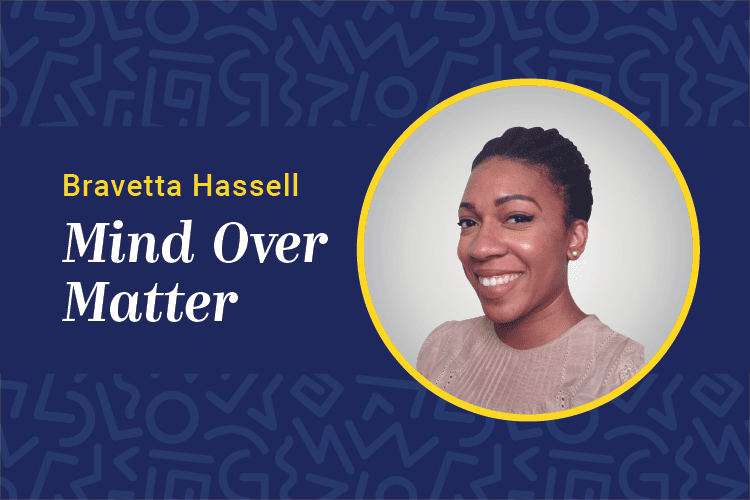If organizations aren’t willing to invest in their millennial employees’ development, they shouldn’t expect them to stick around long. In fact, studies show they aren’t — Grovo’s ‘Disappearing Act’ report shows 60 percent of millennials leaving their organization after an average of less than three years, seeking out purpose, development and transparency elsewhere.
Impressive paychecks and employee benefits aren’t reeling this group in the way they did their parents and grandparents, and that reality is “slapping HR in a very different way,” said Allan Milham, senior leadership strategist and co-author of “Out of the Question: How Curious Leaders Win” with Guy Parsons.
Known for many things — among them a hunger for continuous growth — millennials want learning and they want to be listened to. They want development in ways that will help them with their immediate work and might one day lead them away from their company. They grew up as things were becoming faster paced. They’re adaptable and independent, and they’re not looking for hand holding at work; they want tools and resources to get the job done. And as the data show, millennials won’t hesitate to let their organizations know this with their feet.
“We’ve got very complicated issues we’re having to face,” Milham said. “But as [millennials] continue to integrate and move in and give voice, it really helps me feel empowered that we can fix some of this stuff.”
He said organizations will have to be critical of the culture they’re promoting and how well that jibes with millennial needs. Companies will need learning leadership if they want to hold on to this group.
On the continuum of leadership styles, where knower leaders are generals, following a command-and-control style, learner leaders are like guides — collaborative, curious, open to possibilities, Milham explained. Anyone at any time can drop into the knower mode — especially today — but “time will absolutely tell us that that learner mindset will be the profile of choice. And you’ll see it in the bottom-line results.”
Fostering a learning culture means meeting millennials where they are, primed to work with what learning leaders have to offer. Milham said his own daughter reflects this; he watches how quickly she processes information. “They’re coming in alert; they’re smart. They recognize they don’t have the expertise, but they want to be at the table because they want to learn.”
To retain millennials, a company can’t just call itself a learning organization — it has to demonstrate that by upgrading how learning happens, Milham said. Think about a blog entry today. There’s often a title, a short paragraph and then a “Read More” button. That’s basically how this generation processes information. Millennials don’t want formal lectures or a bunch of data hitting them in the face all at once. Instead, offer snackable learning options that are easy to get in and out of, continuous but also relaxed.
Further, learning works well when integrated into real-life, practical scenarios. Real-time interactive development found in mentorships is also appealing. In such a culture, leaders have to be competent and emphasize developing their interpersonal skills because millennials want to feel that they matter. “If you’re talking at them vs. with them, that’s going to have an impact.”
This culture of learning can be embedded into workplace design. For example, Milham said consider a company that recently gutted its lobby. Once an open space, now it’s white with meeting rooms, very high tech and pod-based. He said that is a beautiful representation of adapting to the millennial worker.
Certain behaviors communicate a learning culture, a company’s atmosphere supports it, and then the learning function can work with talent management to communicate the value of learning as early in the employee life cycle as the interview process. The moment a millennial walks into an organization, it’s go time.
“From an experiential perspective, they’re eyes are open,” Milham said. “Not only does the environment need to speak to the learning culture but the person who’s on the other side of the interview, they have to embody that because [millennials] will smell it.”
Milham gave another example of a coffee company that let its employees speak with some of the farmers who harvested the company’s coffee beans. Learning just can’t be talked about, he said. At the front door and once inside, millennials have to feel the learning and experience it.
“If you’ve got it right, if you’ve fostered the right kind of learning culture, why would they leave?”
Bravetta Hassell is a Chief Learning Officer associate editor. Comment below, or email editor@clomedia.com.












